The Battle of Britain begins.
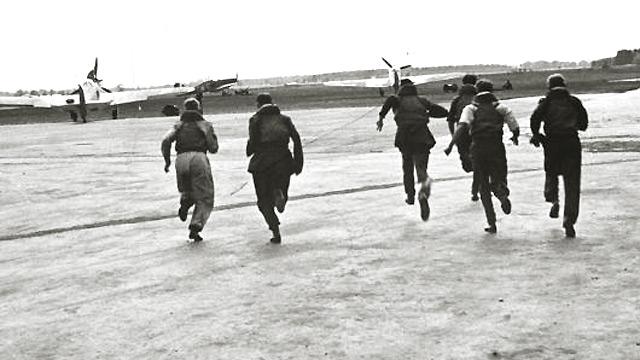
Before Germany could mount Operation Sea Lion, a cross-channel invasion of the British Isles, it needed to have complete air superiority over the invasion fleet. Because of the Luftwaffe‘s greater numbers and modern aircraft, German military leadership believed this could best be accomplished by defeating the Royal Air Force in air-to-air combat.
The Royal Air Force had been conserving their limited numbers of pilots and aircraft up to this point in the war. Germany’s plan was to send its bombers against targets that the R.A.F. would be forced to defend. The escorting Messerschmitt Bf 109s (also referred to as the Me 109) would then shoot down the Boulton Paul Defiants and Bristol Blenheims. But the Hawker Hurricanes and Supermarine Spitfires were up to the task. While the Hurricanes went after the Luftwaffe’s Dornier 17 and Heinkel He 111 bombers, the Spitfires engaged their Bf 109 fighter escorts.
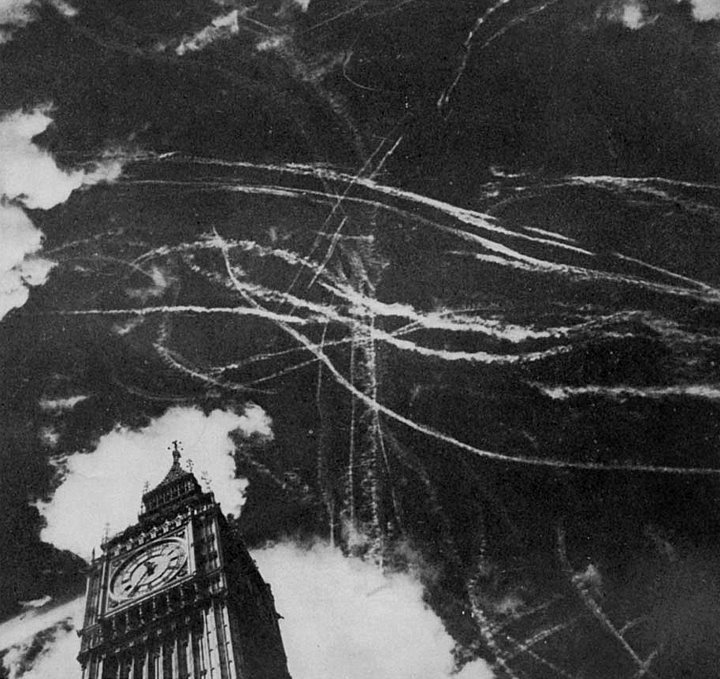
Britain used a system of radar-directed ground control of its fighter squadrons. The result was that though both sides lost about the same number of aircraft, the Battle of Britain was a decisive victory for Great Britain. Germany was forced to give up on its plans for an invasion of England.
During a speech the House of Commons, 20 August 1940, Prime Minister Winston Churchill referred to the pilots of Fighter Command when he said,
“The gratitude of every home in our Island, in our Empire, and indeed throughout the world, except in the abodes of the guilty, goes out to the British airmen who, undaunted by odds, unwearied in their constant challenge and mortal danger, are turning the tide of the world war by their prowess and by their devotion. Never in the field of human conflict was so much owed by so many to so few.”
Ever since, the Royal Air Force has been known as “The Few.”
Luftwaffe aircraft:
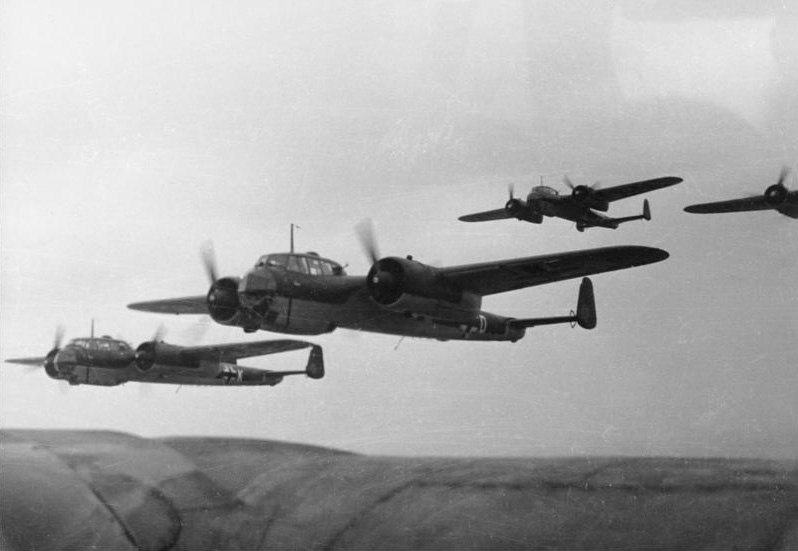
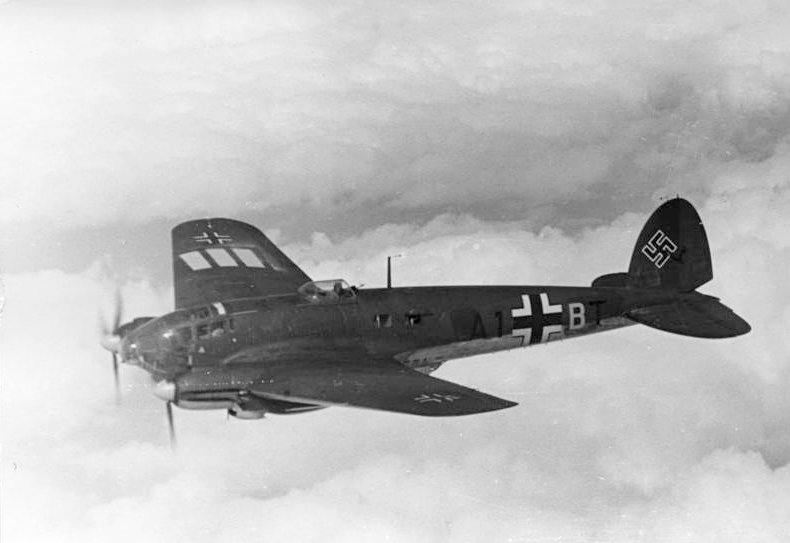

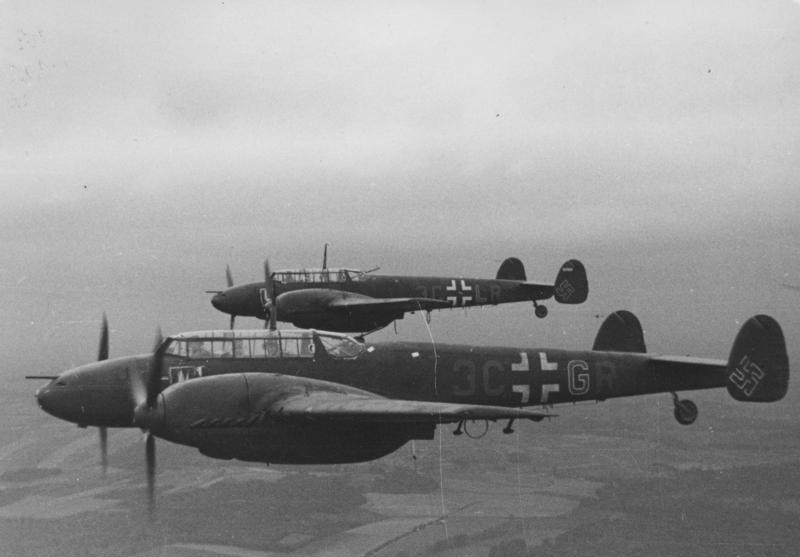
Royal Air Force aircraft:
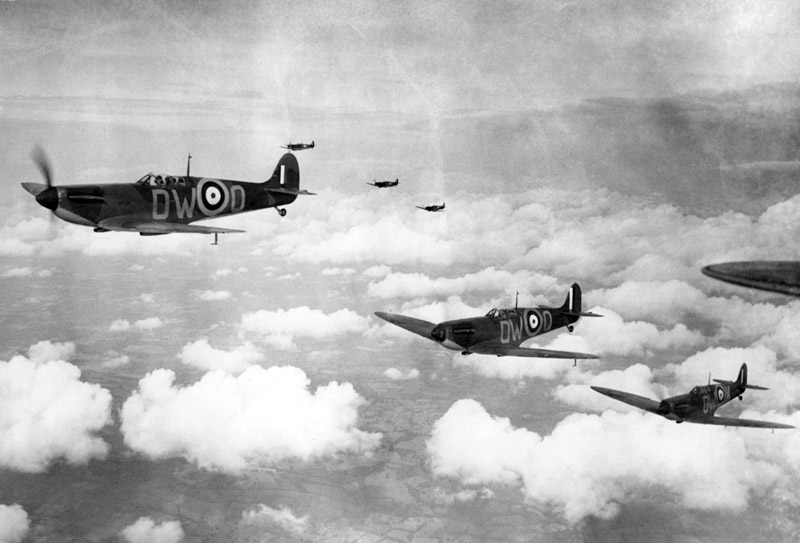
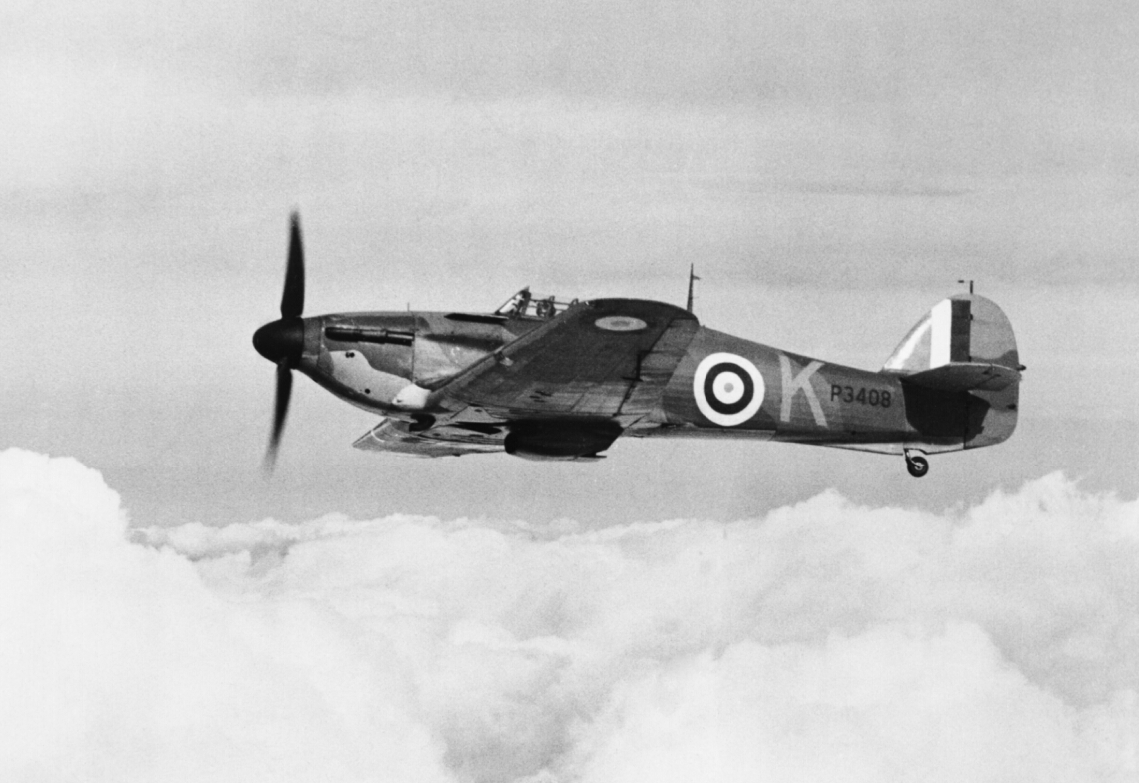
Highly recommended: Duel of Eagles, by Group Captain Peter Townsend, CVO, DSO, DFC and Bar, Royal Air Force. Cassell Publishers Limited, 1970 and Castle Books, 2003.
© 2016, Bryan R. Swopes
FW-190s were not employed during the period of time that encompasses the Battle of Britain. See any number of sources on this campaign, in particular, Stephen Bungay “The Most Dangerous Enemy” or http://forum.axishistory.com/viewtopic.php?t=45101
No – this is false information.
The first of 40 Fw190A-0 pre-production fighters were completed in October 1940 and tested at Rechlin in Germany. The Fw190A-0 did not reach France until March 1941 with the Fw190 testing squadron – and was never tested in combat. It was based near Paris at Le Bourget.
The Fw190A-1 didn’t enter prodution until June 1941 and began reaching combat units in July.
See: http://www.fighter-planes.com/info/fw190.htm
So no, the Fw190 did not see combat during the Battle of Britain.
In October 1940 the Fw190A-0 had severe engine cooling problems (fixed only with the Fw190A-1) and was not ready for combat.
If the two available Fw190A-0 had been sent on a combat mission in October 1940, it would have been a complete waste of time. The engines would have probably failed and dropped the planes in the Channel (or even worse, forced one of them to crash-land in England, presenting the RAF with a Fw190 to test at Farnborough before it even reached Luftwaffe combat units! 😆
In terms of combat effectiveness and damage done to the British, the two Fw190A-0’s in October 1940 would have been less effective than the two Fw190A-8’s that strafed Sword Beach on D-Day!
You are correct, of course. Thanks for catching my error.
Great stuff on this site! Love looking at it every day!
Thank you!
I’m glad the submitter beat me to the FW190 comments. I only have one little nit: the picture of the BF109s appear to be the later ‘G’ model. I understand that the ‘E’ and ‘F’ models (squarish wingtips and horizontal tail support struts) were operational during late 1940. But perhaps you weren’t really tying the picture to the battle information? Great stuff.
It was one of the best photos of the Bf 109 that I could find, and was over water, so I chose it. Is it the bulges on the cowling in front of the canopy that identifies the -109G? I’m no expert on identifying airplanes (try me on helicopters, though!) and I usually rely on information that comes with the photo. Thanks for keeping me on track, Kevin.
Why, there is nothing mentioned about brave Polish 303 sqn role in the Battle of Britain? It’s a story worth to tell https://www.youtube.com/watch?v=ptijNcDanVw (this document is a littlebit shallow but it is a good start).
Best regards
The easiest giveaway between earlier and later variants was the strut on the tail that went away in the F variant. Some Fs made it to the BoB, but it wasn’t commonly available until 1941. The picture appears to be a G “The G-6 variant was nicknamed by Luftwaffe personnel as Die Beule (“the bump/bulge”) because of the cowling’s characteristic, bulging covers for the breeches of the 13 mm (.51 in) MG 131 machine guns, with the separate Beule covers eliminated by the time of the G-10 model’s introduction of a subtly reshaped upper cowling. ” (from wiki)
Thanks, Eric.